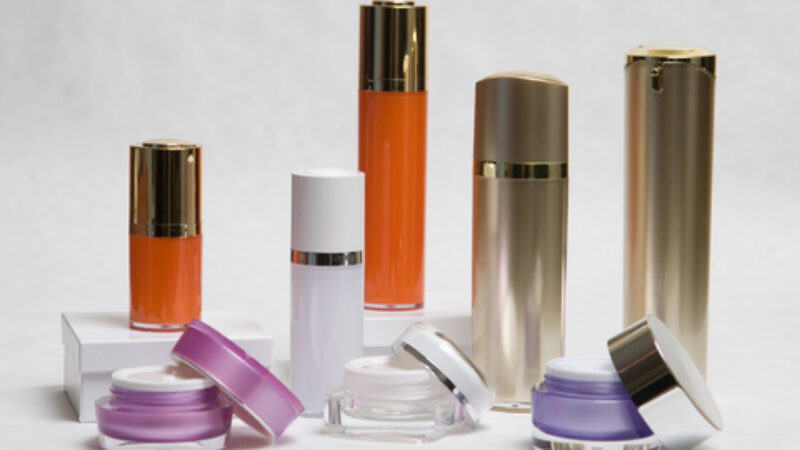Topical treatments are often enough to control psoriasis, but more persistent cases may require escalated treatments such as phototherapy, or light therapy using ultraviolet light to slow the growth of new skin cells. Normally, skin cells grow and shed in a cycle that takes approximately 28 days. In the case of psoriasis, a chronic skin condition that commonly presents itself with red, dry, elevated plaques of skin, the new skin cells are replaced more rapidly than the body is able to shed them. By interrupting the normal production of skin cells, light therapy may reduce the inflammation, plaque formation and itching that are associated with this disease.
Light therapy involving monitored and timed exposure to UVB light has been found to be effective in controlling psoriasis. Typically, light therapy uses one of two sources of ultraviolet light:
- The sun. The simplest form of phototherapy is exposure to natural sunlight. Your doctor may suggest starting with brief periods of sun exposure each day, beginning with 5 minutes and moving up gradually to 20 minutes if well tolerated. Because the sun emits UVA as well as UVB rays, it is important to use sunscreen on exposed areas that are not affected by psoriasis.
- UVB Lamps. Using an artificial source of UVB allows for a more targeted and controlled phototherapy. Treatments are generally administered in a doctor’s office a few times a week and initially for very short periods of time, gradually being increased as the skin shows a higher tolerance. Both broad band UVB (280 to 320 nm) and, more recently, narrow band UVB (311 to 313 nm) are used to clear psoriasis. Special UVB lamps may also be used at home for maintenance sessions along with regular check-ups and monitoring by your doctor.
During light therapy treatment, the areas affected by psoriasis may itch, turn red, become irritated and worsen temporarily as the skin adjusts. These symptoms should improve with continued treatment.
Your doctor may recommend light therapy to control psoriasis only after traditional topical creams and ointments become ineffective. Because phototherapy involves regular unprotected exposure to UV rays over an extended period of time, there are risks associated with this type of treatment. Overexposure can cause burns, sun damage, and skin cancer. It is crucial when following this method of treatment to continue regular visits to your health care provider to check for skin damage.




